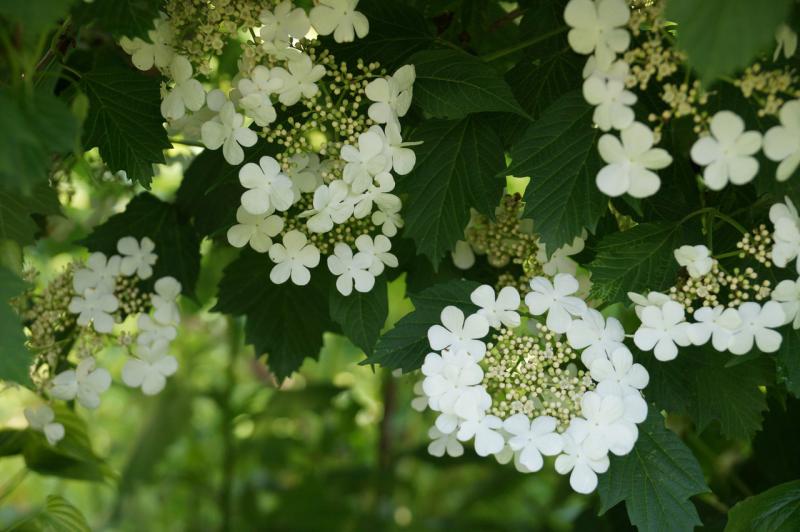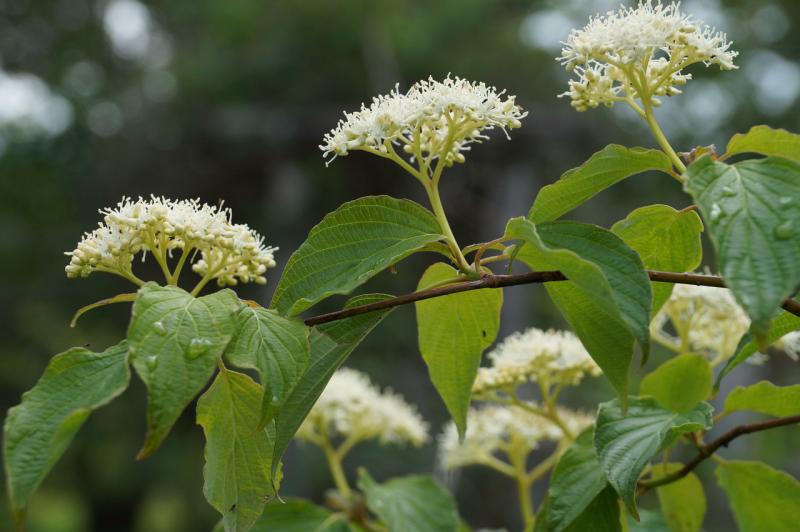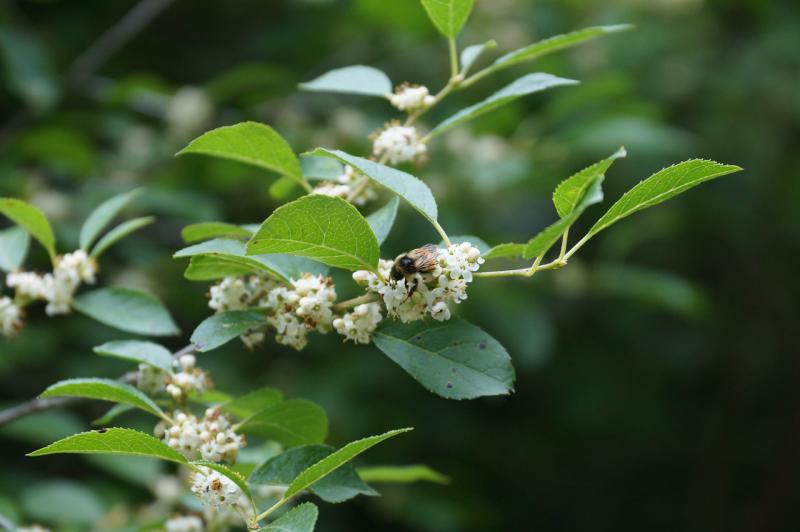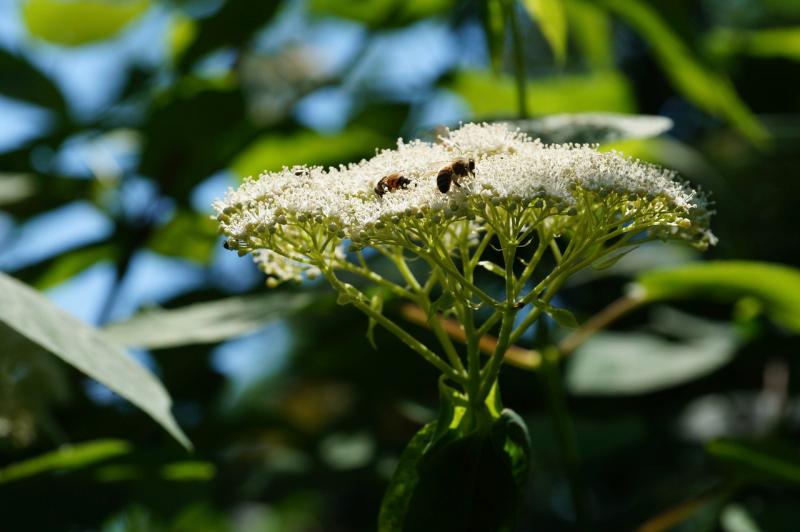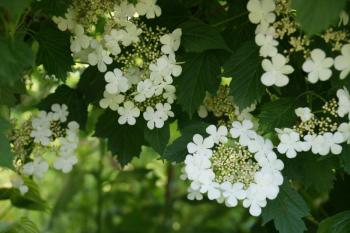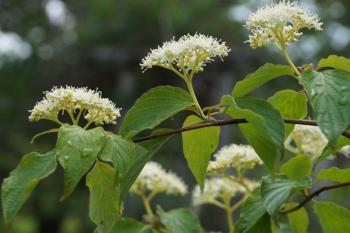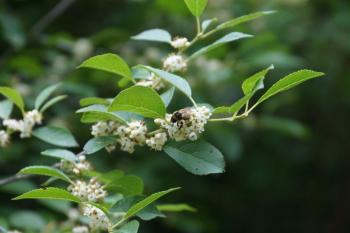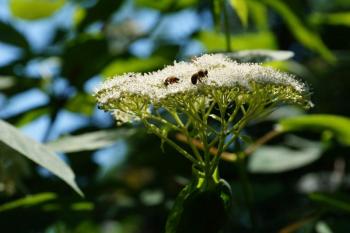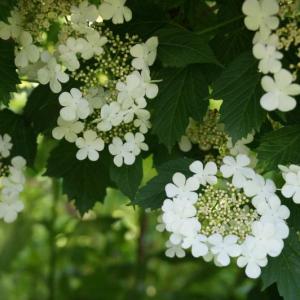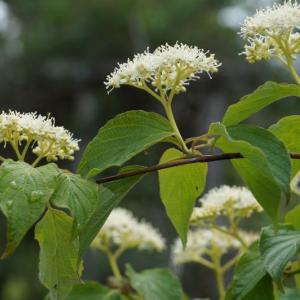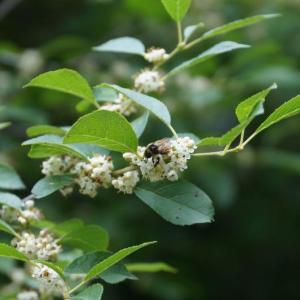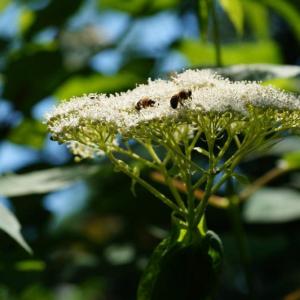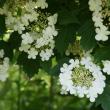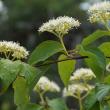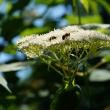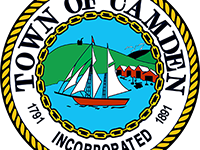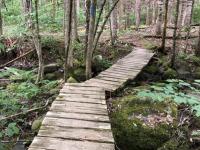Backyard Action: Grow Some Shade
Are you concerned about climate change? Pollinator declines? Falling bird populations? Emerald ash borer? Loss of biodiversity? Imagine if you could do something easy, enjoyable and affordable that would help with all those concerns.
Well, you can. And most of the effort would fall on a single weekend in May.
Order some bare-root native trees and shrubs from one of two local plant sales (see box for details and deadlines) and then get them in the ground in early May. Consider it an extended Earth Day celebration.
As landscaping costs go, the expense of bare-root trees is minimal (typically between $8 and $18 per tree or shrub) and the return on investment is priceless. Each native tree or shrub offers summer shade, absorbs stormwater, hosts beneficial insects and birds, stores atmospheric carbon and helps reduce air pollution. Many of them also provide beautiful spring blooms and fall color.
Because bare-root plants are relatively affordable, you can sample many different species – as long as you have suitable sites. Read up on the needs of each species in catalog descriptions, and place plants where they will flourish.
Bare-root plants (also called ‘whips’) can look twiggy when they first arrive, but they gain size quickly if you water them well (and protect them from deer if needed). Many of the plants sold through the Knox-Lincoln Soil and Water Conservation District (KLSWCD) and Fedco (see box) are grown in Maine so they’re already adjusted to the local climate.
Whips will likely flourish if you plant them promptly. Don’t ever let their roots dry out. (If you’re carting whips around as you plant, keep them in damp shredded newspaper and out of direct sun. Planting early or late in the day can also help ease their transition.)
Both the KLSWCD and Fedco plant sales offer lots of wonderful options for edible landscaping as well—apples, pears, peaches and more, but make sure to include some native trees and shrubs with your order, particularly ones that will offer shade as they mature.
The emerald ash borer infestation is expected to kill most of the ash trees in the midcoast within the next decade or so. To help compensate for this huge loss, residents need to start planting a diversity of native shade trees now.
Why choose native trees? Plants that have evolved in this region are better able to support the wildlife here. Native trees fuel the local food web, whereas exotic trees offer little to other species. Entomologist Douglas Tallamy, author of “Bringing Nature Home: How You Can Sustain Wildlife with Native Plants,” has found that oak trees support more than 500 different species. For ideas on what to choose, look at the Native Plant Finder he helped develop (nwf.org/NativePlantFinder/).
Yes, among those hundreds of species that oak trees support is the irritating browntail moth. But its populations will cycle back down, entomologists predict, so keep and nurture all the oak trees you have.
Among the native trees and shrubs sold by KLSWCD and Fedco, most are “true natives” rather than cultivars (those that have names in quotes or with a registered trademark). Each true “species” native is genetically unique, whereas cultivars have been cloned. Genetic diversity helps make the species as a whole more resilient – better able to cope with stressors like drought, flood or insect infestations.
To make room for your new native plants, consider shrinking your lawn. Except for Japanese beetle grubs, lawns are wildlife deserts. If you let some native trees and shrubs overtake portions of your lawn, local birds, bees and butterflies will be better off. And you can enjoy the shade and beauty these plants offer.
So get your orders in soon, and join in a community-wide planting palooza in early May.
Event Date
Address
United States

